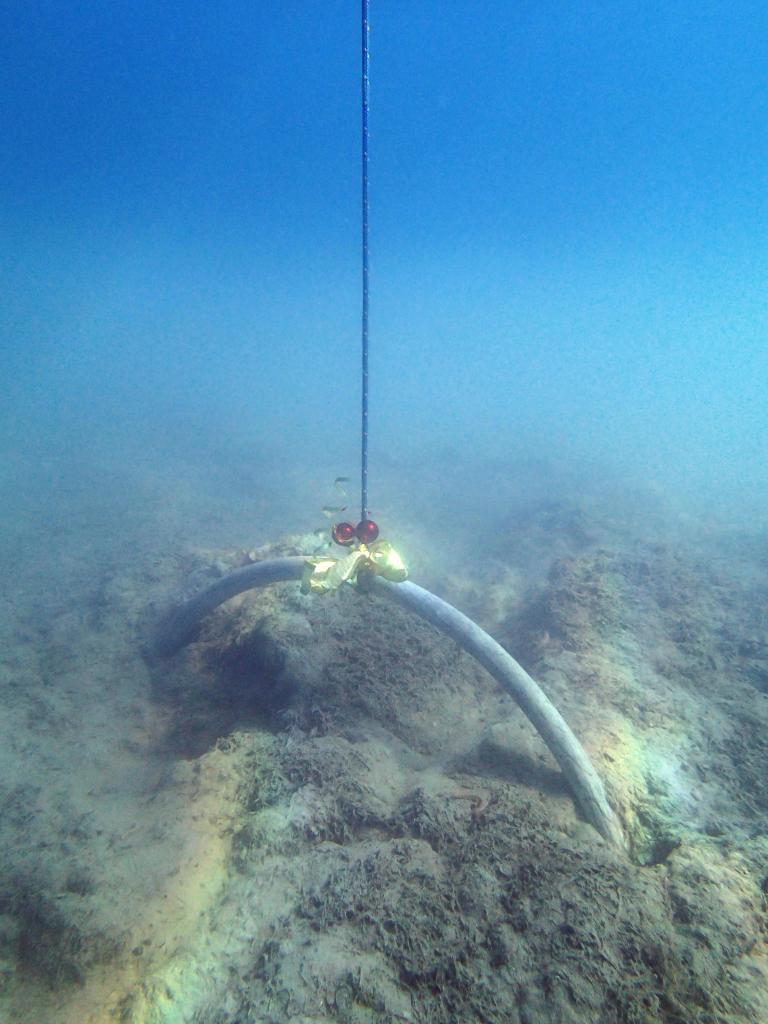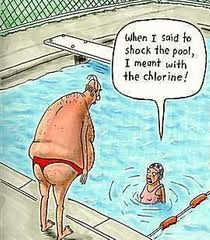windmill29130
Guru
- Joined
- Jan 22, 2011
- Messages
- 716
- Vessel Name
- JAZ
- Vessel Make
- Ta Chaio/CT35
Rex; [COLOR=black said:Low and behold on another forum we had anchor discussions taken to a new level, we had a topless mermaid photographing anchors, the Mermaid belonged to a moderator just to make a point, the mermaid; is a moderator also, extraordinarily lengths some go to as 90 percent of the photos are taken of the one anchor design, what is going on - WHY ? I think as a result there will be many opposition anchors shown in poor light, new inventive ideas are exposing new tactics by some wanna bees, create more attention than others, surely that’s all it can be? If they were independent no problem, Moderator Mermaid anchor inspectors—what next?[/COLOR]
Regards Rex.[/FONT][/COLOR]
Janet, are you listening. We've been getting short changed it seems.
Mermaids or anchors?
Just another observation. I scanned the new copy of Yachting magazine I just received with magnification. Did not include the adds in back. I found 28 anchors I can see well enough to say with fair accuracy that only one might have been a Danforth or Fortress and all the others definitely not. Spade type anchors dominate the 27. I have been doing this with multiple boating magazines for more than a year and this result is typical. Where I see more Danforths and fortress in my area is when I walk the docks or examine boats(CGAUX safety examiner) which I do often. My general impression is that older and smaller boats tend to have more of these anchors while newer and larger boats tend to have other than Danforth types. I leave it to whoever reads this to draw what conclusions they will. Does anyone think that the magazines and boat builders won't put Fortress on the bow because they are ugly??
Do you have any pictures of different anchors set in mud?

The Tsunami that hit Phuket was a great example of anchor performance in extreme conditions, many of the boats anchored there were washed out to see and smashed, the good old Sarca anchors, the three boats hooked on them in the path of that Tsunami did not move, as a result one boat was able to drag a women on board to resuscitate her, she lived.
I am not sure if people are complaining that there have been too many photos of my wife (whom I affectionately call my Mermaid), or not enough.
I have not counted them but I think there are about half a dozen shots of her in a series of over 1000 photos showing anchors and how they work in the real world. The photos document every anchor we have seen over the last 8 months.
Anyway I think she will be secretly flattered to get so much attention.
This is an example of what all the fuss is about:




Janet, are you listening. We've been getting short changed it seems.
Anyway I think she will be secretly flattered to get so much attention.

Despite constant criticism no-one can offer a sensible, and I stress the sensible (and a lot of that is economic), method of producing anchor performance results that would satisfy even a few more people.
Well if an anchor test was a good one (and I don't know if I've ever seen one) I can't relate to Marin's notion that "testimonials" would be a good way to get objective information on anchors. A good way to get lots of opinions but I can't imagine any way to get more biased opinions. Opinions at best and biased to be sure.
Anchor tests should be unbiased and objective but how can a test even begin to be unbiased when an ad for an anchor (that is represented in the test) is part of what's presented as an unbiased test. Ridiculous!
Just my opinion Brian, but what you did with these tests was as close to a scientific study of anchor performance as I have seen. Scientific studies rarely address universal conditions, but rather focus on one or two things to try to get to a better understanding. In personal experience, I've collaborated on scientific studies on the effect of periodontal disease risk on tooth loss. In these studies we didn't pay attention to the impact of perio on diabetes treatment, or prematurity, or anything else - just how many teeth were lost. Eliminating variables is usually important for study design and validity, and what you did was focus on the performance of anchors in one commonly encountered sea bed. Nothing more, and nothing less.Good to see Rex here, and as I have said before, I believe that he is a pioneer in anchor design. A few random thoughts on this discussion:
- I have discussed the Chesapeake Bay test in person with the Manson and Ultra people, and neither voiced an objection to the methodology or results, in fact, the Ultra representative stated that he felt we did a very good job with the testing.
- On the flip side, this snippet is from the original PassageMaker story about the testing:
Rocna disputed the results, noting that tests conducted by SAIL, a PassageMaker sister publication, tell a different story. “Anchor testing involves a large number of variables, which if not properly controlled can bias the outcome,” says Mark Pocock of Canada Metals, the maker of Rocna anchors. “The results of these tests, sponsored by one of Rocna’s competitors, are not consistent with independent tests that consistently rank Rocna as a top performer.
What Rocna failed to mention is that the Sail magazine tests he was referring to (actually conducted by West Marine) were in a harder soil.....as have been ALL other independent tests....and not in SOFT MUD.
Additionally, I think he would find it very difficult to find any boating writer who was aboard and witnessed the testing who would say we did something to "bias the outcome."
- Comments have been made that we "cherry-picked" the bottom. Let me elaborate on how that decision was made: Early this year I contacted the university and was referred to the captain of the Rachel Carson RV.
I told him that we wanted to conduct a holding power test in soft mud. Fine, he said, no problem. Based on Bob Taylor's input, I told him that it should be a specific soil sheer strength, and again, he assured me there was soft mud all throughout the local area.
Once we got aboard, he pulled out a chart and sure enough, we could have picked any number of nearby areas with soft mud bottoms, and we chose the one closest to save on the fuel costs for the 81-ft Rachel Carson. That's it, and so in no way was this bottom "unique" as I think was implied.
- It is my understanding that Practical Sailor will be writing a detailed report on the testing. I am sure that it will be well received.
FWIW,
Brian
